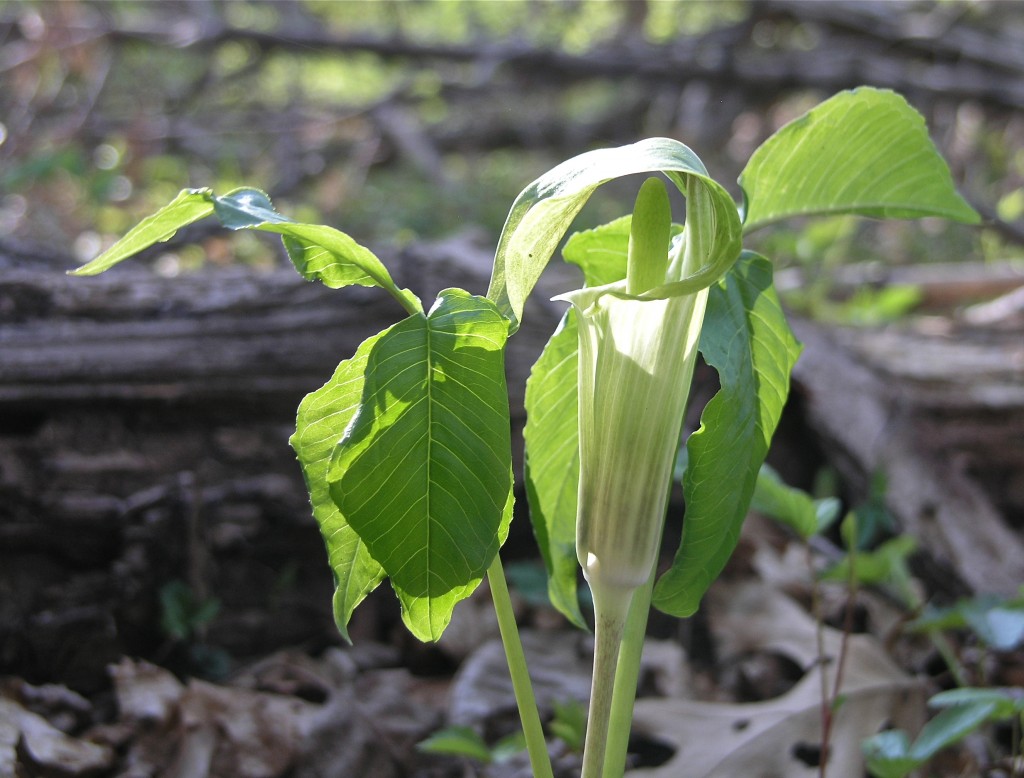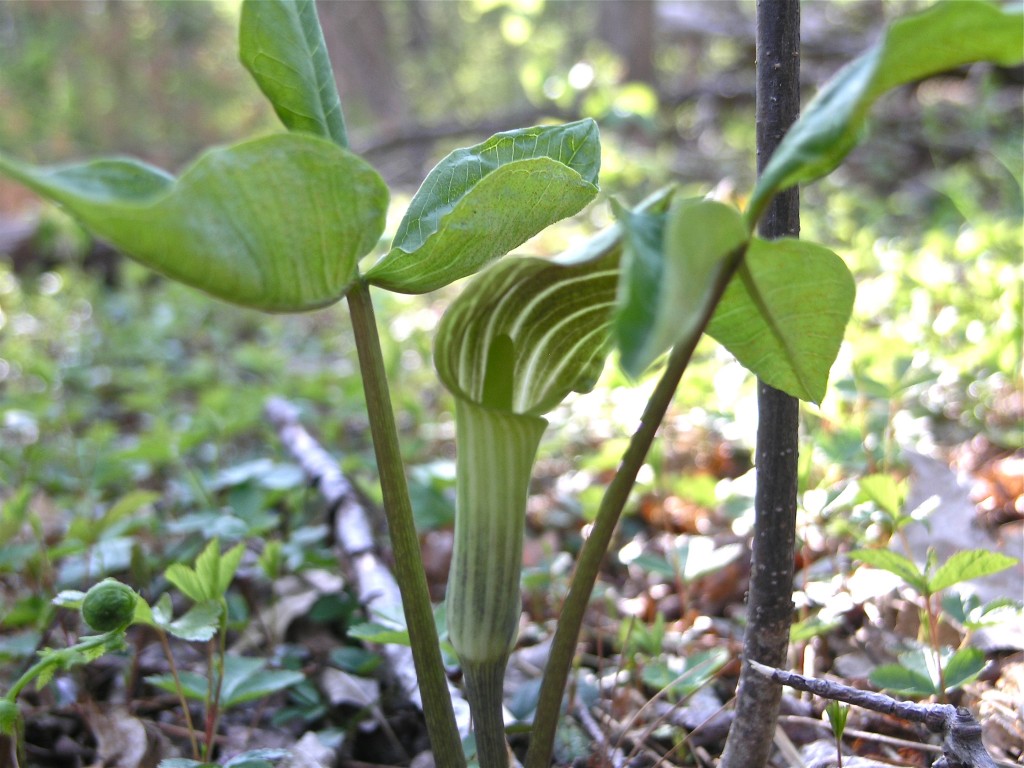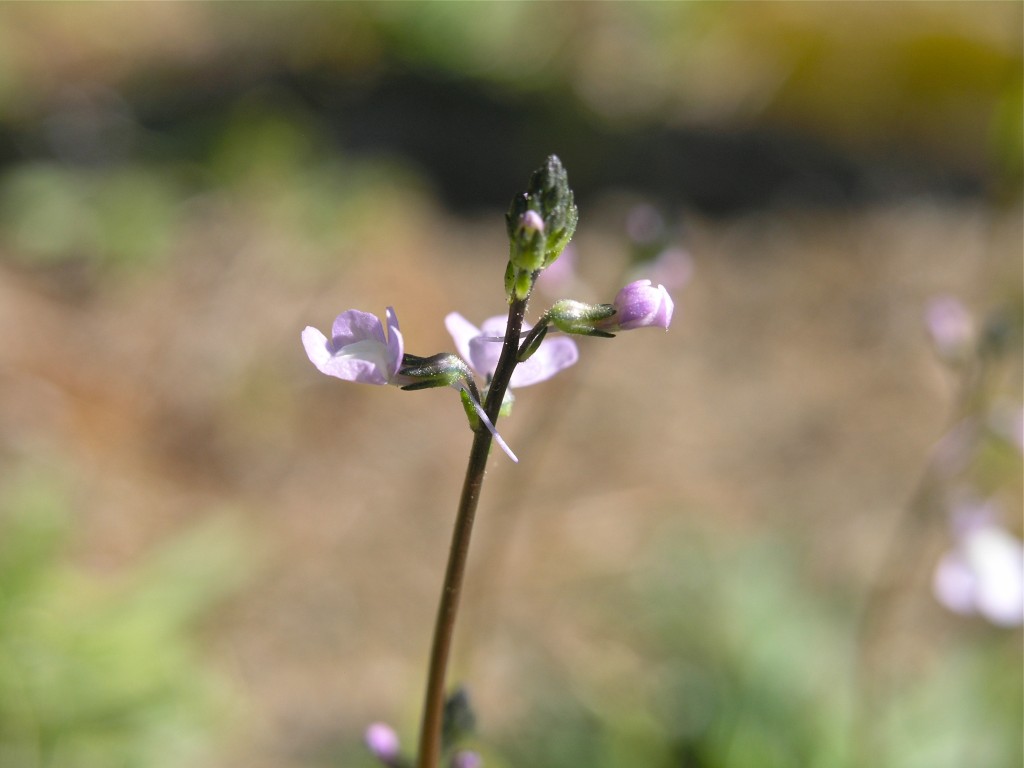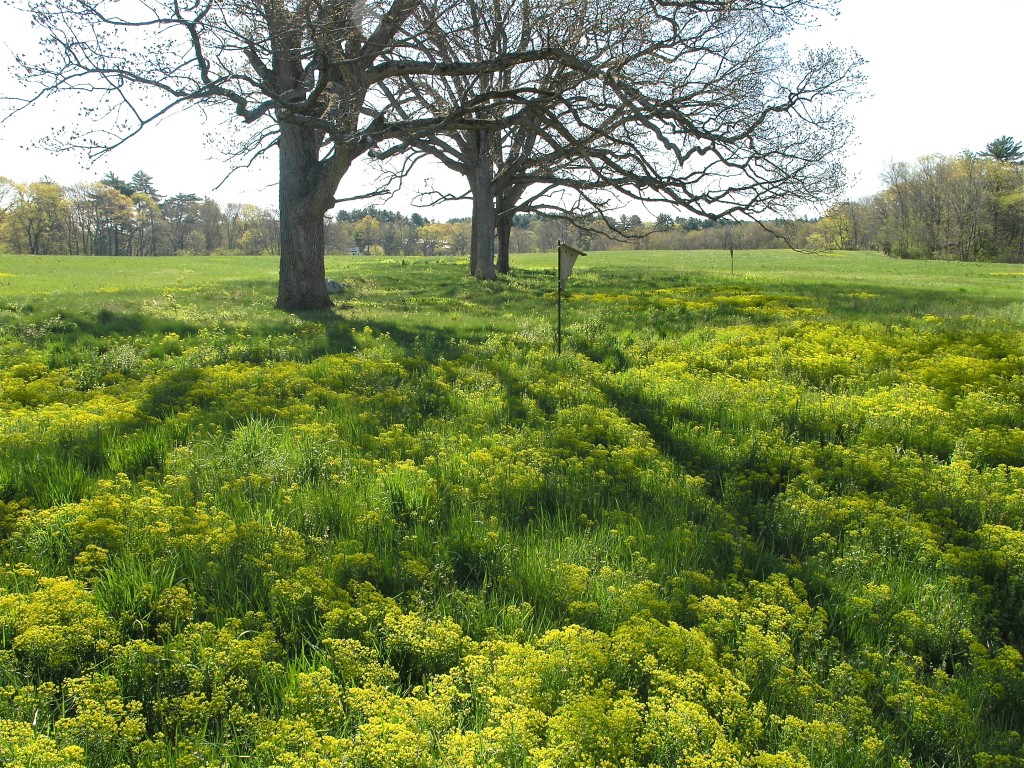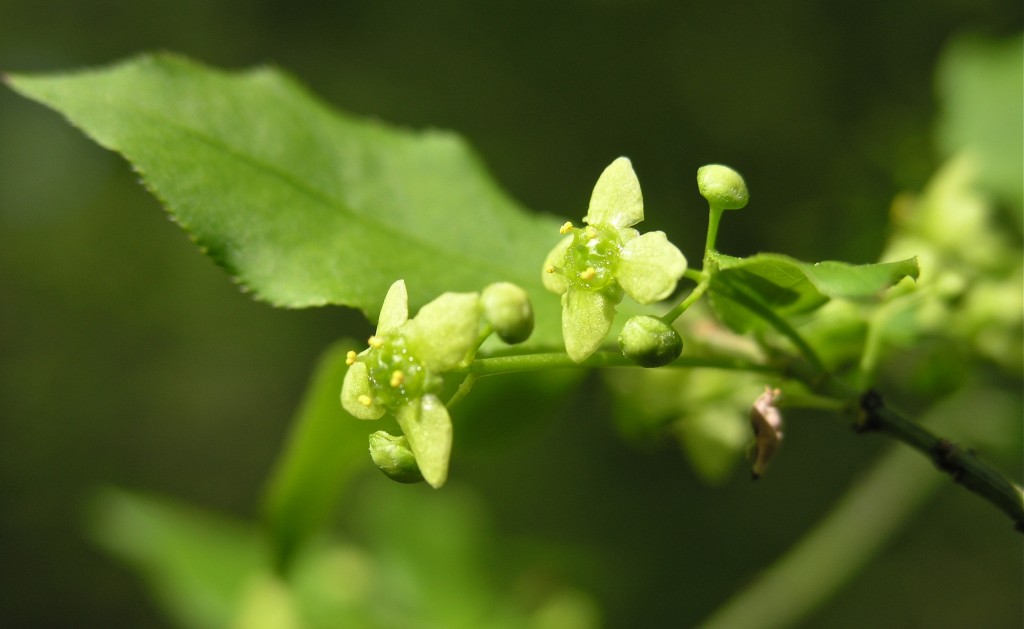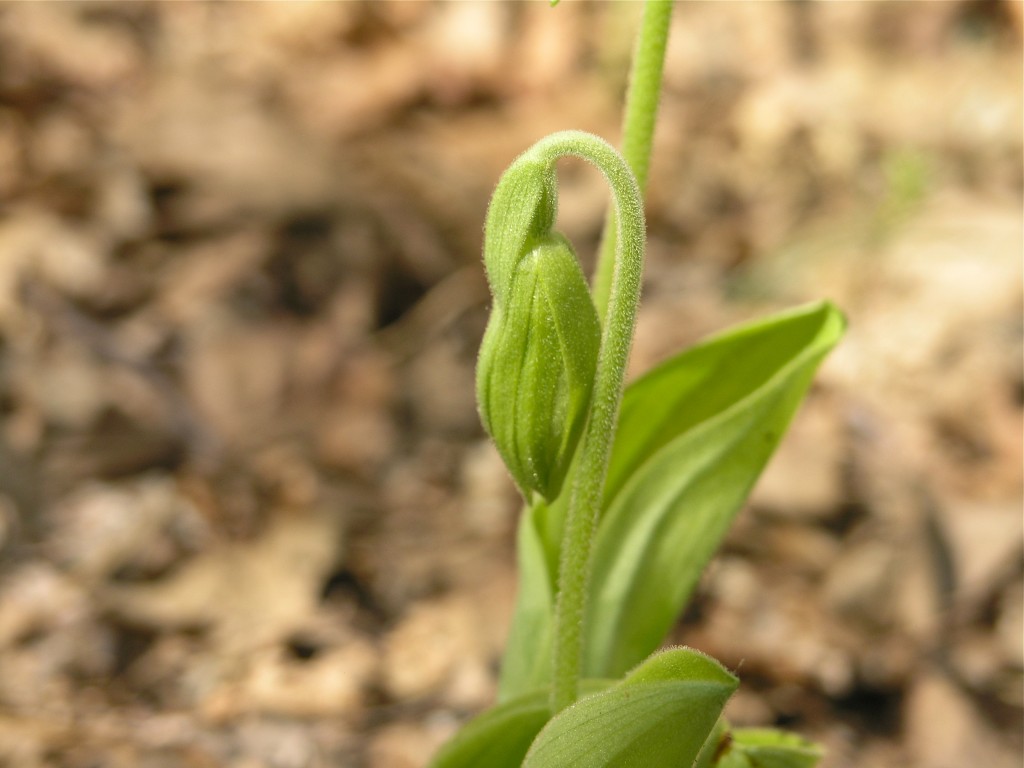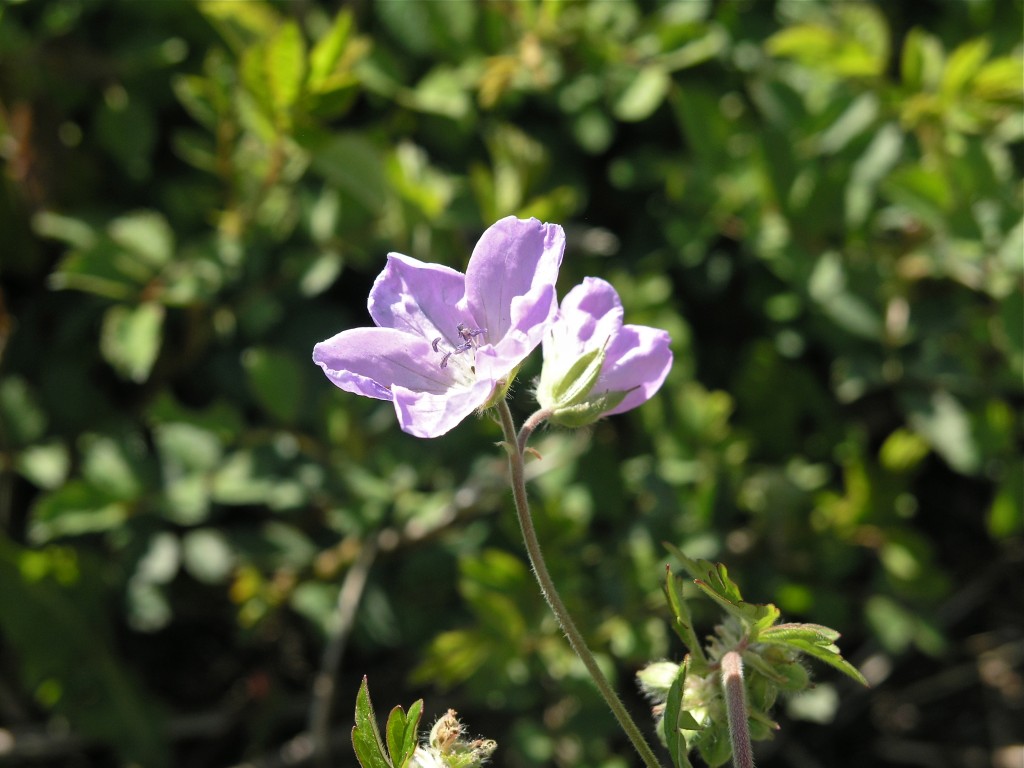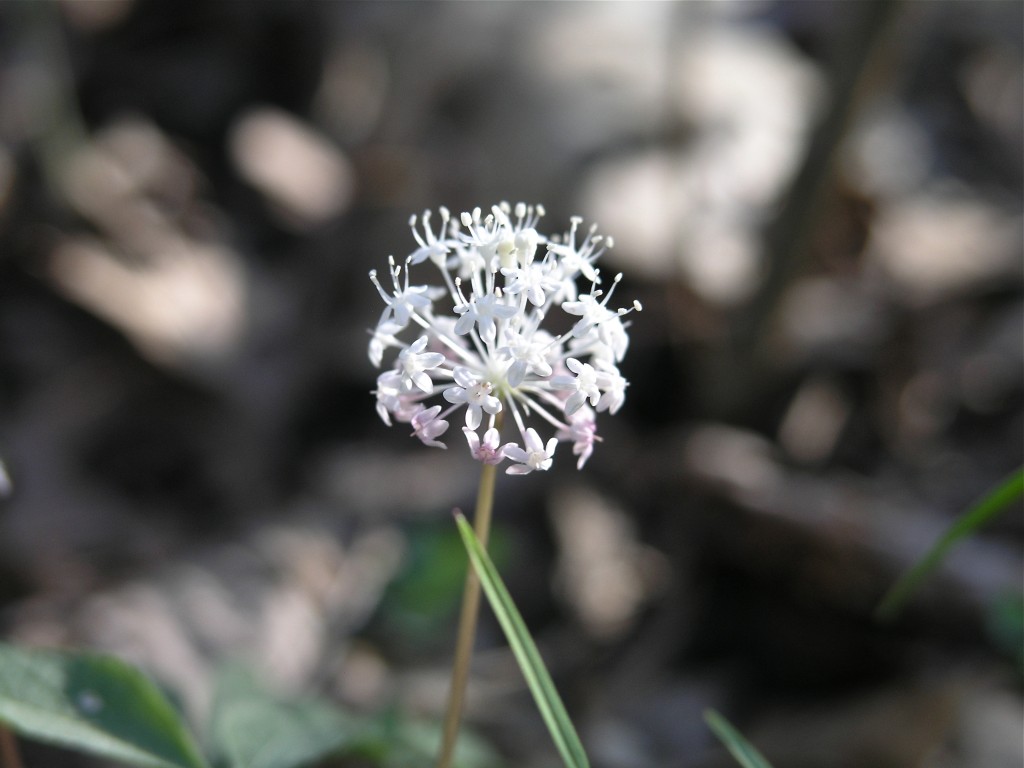 More from Noanet today, something I don’t remember ever seeing before. This is not the ginseng used in herbal medicine but it’s the same family (Ginseng). Native. The flowers are white and turn pale pink with age. Has yellowish clustered berries in July to August. US Forest Service: Native Americans “used tea of the whole plant for colic, indigestion, gout, hepatitis, shortness of breath, fainting, and nervous debility. Its distinctive tubers can be eaten raw or boiled.”
More from Noanet today, something I don’t remember ever seeing before. This is not the ginseng used in herbal medicine but it’s the same family (Ginseng). Native. The flowers are white and turn pale pink with age. Has yellowish clustered berries in July to August. US Forest Service: Native Americans “used tea of the whole plant for colic, indigestion, gout, hepatitis, shortness of breath, fainting, and nervous debility. Its distinctive tubers can be eaten raw or boiled.”
Monthly Archives: April 2012
Fringed Polygala
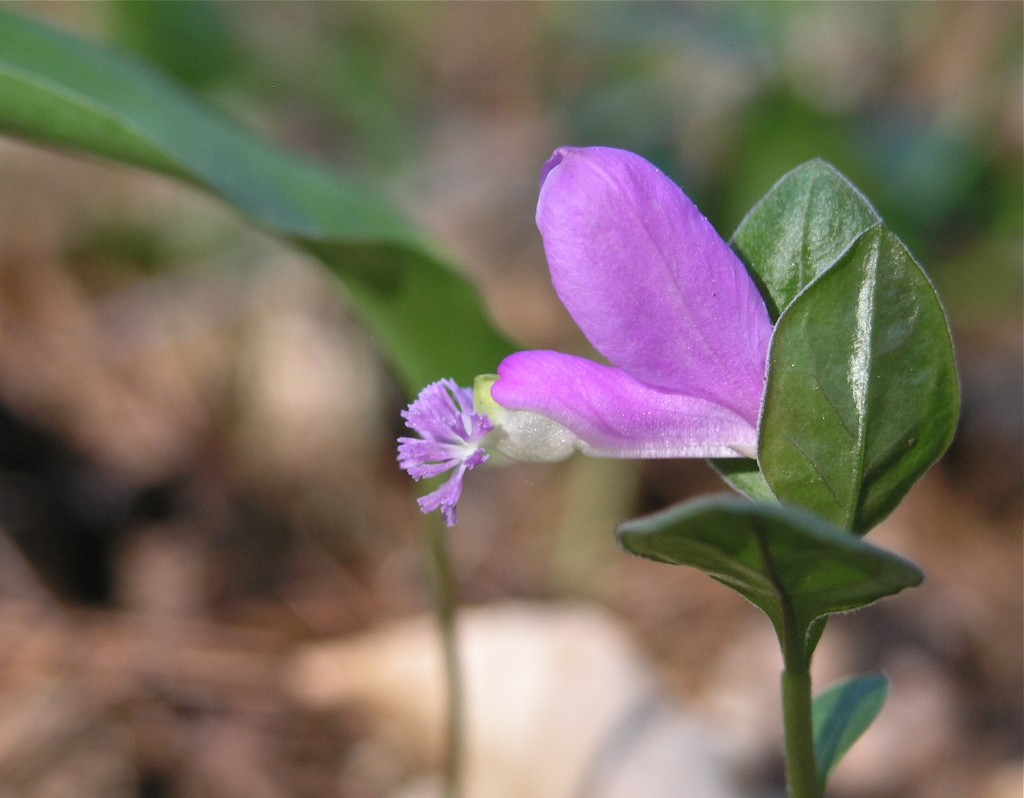 Part of my amazing walk at Noanet. “Besides the showy flowers that are insect-pollinated, there are also inconspicuous flowers that are borne underground and which self-fertilize without opening.”-US Forest Service ! Native. Milkwort family.
Part of my amazing walk at Noanet. “Besides the showy flowers that are insect-pollinated, there are also inconspicuous flowers that are borne underground and which self-fertilize without opening.”-US Forest Service ! Native. Milkwort family.
Fringed Polygala, Gaywings, Flowering Wintergreen (Polygala paucifolia)
Jack in the Pulpit
Starflower
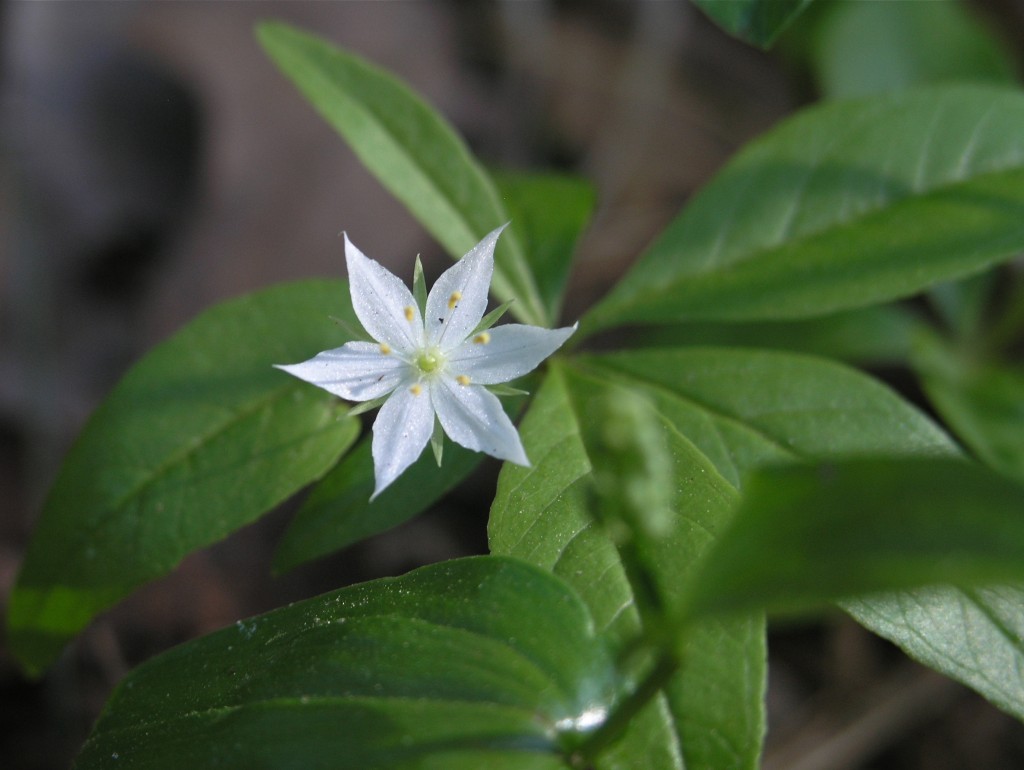 Today was a red-letter day for wildflowers. I saw so many at Noanet today and I think I would miss them by half without this extra focus. I don’t remember ever seeing this kind before: Starflower. Evidently they usually have 7 petals, but can have 5 to 9. Primrose family.
Today was a red-letter day for wildflowers. I saw so many at Noanet today and I think I would miss them by half without this extra focus. I don’t remember ever seeing this kind before: Starflower. Evidently they usually have 7 petals, but can have 5 to 9. Primrose family.
Starflower (Trientalis borealis)
Mystery tiny flower
Tartarian Honeysuckle
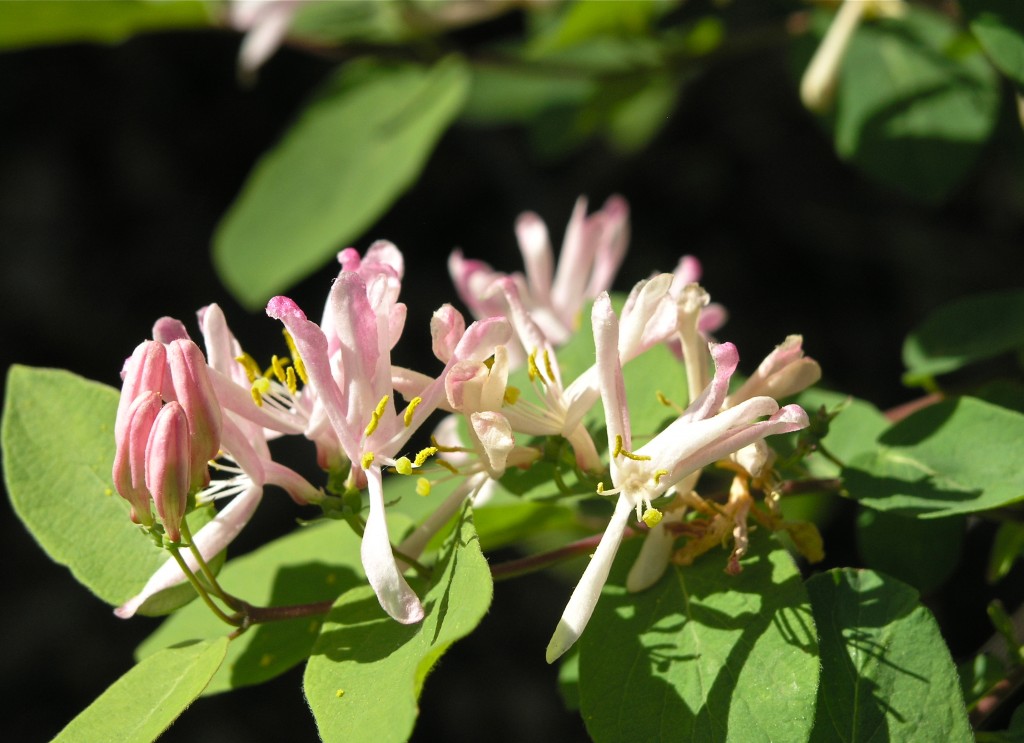 This looks a lot like the Morrow Honeysuckle, but it’s pink, found on Fisher Street in Needham. It’s an exotic invasive bush honeysuckle. Evidently all native honeysuckle species are vines. This variety was introduced to North America as an ornamental in 1752. (I wonder what the story is there.)
This looks a lot like the Morrow Honeysuckle, but it’s pink, found on Fisher Street in Needham. It’s an exotic invasive bush honeysuckle. Evidently all native honeysuckle species are vines. This variety was introduced to North America as an ornamental in 1752. (I wonder what the story is there.)
Tartarian Honeysuckle (Lonicera tatarica)
Bluebird egg
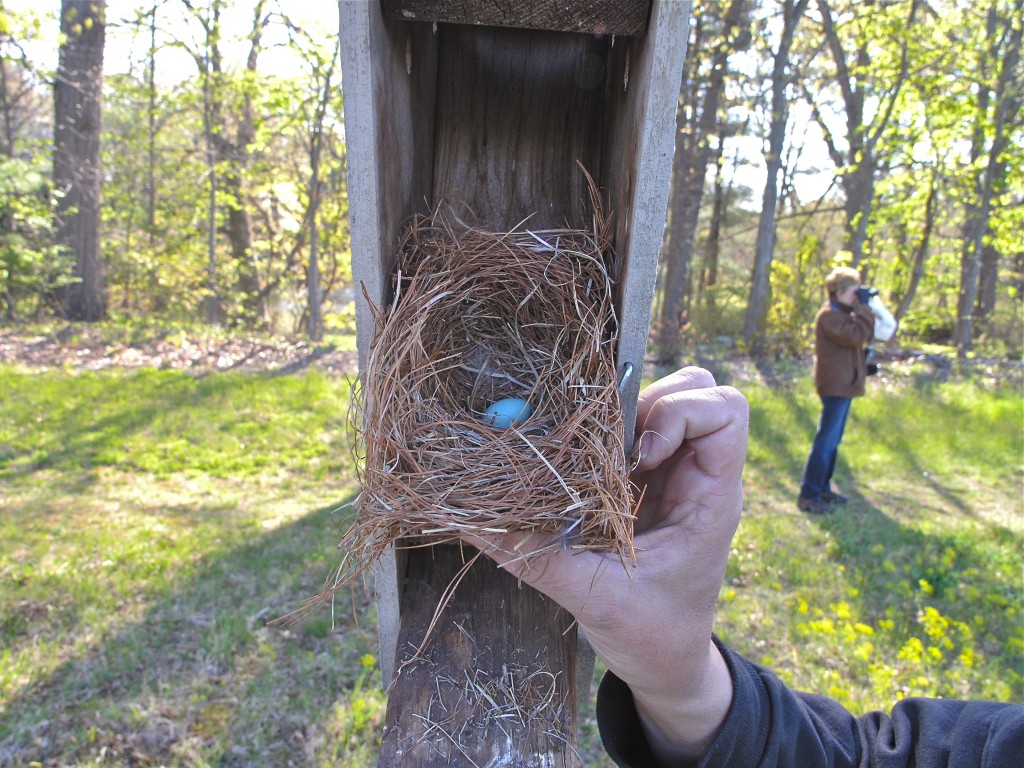 This morning we went on a novice birding hike at Redwing Bay. The leader, Peter Oehlkers, is also the Trustees’ birdhouse monitor, so he could let us have a look at a nest, and it had an egg! It was very interesting hearing my familiar stomping grounds through new ears, listening to the bird calls. Beautiful morning! Bonus picture:
This morning we went on a novice birding hike at Redwing Bay. The leader, Peter Oehlkers, is also the Trustees’ birdhouse monitor, so he could let us have a look at a nest, and it had an egg! It was very interesting hearing my familiar stomping grounds through new ears, listening to the bird calls. Beautiful morning! Bonus picture:

